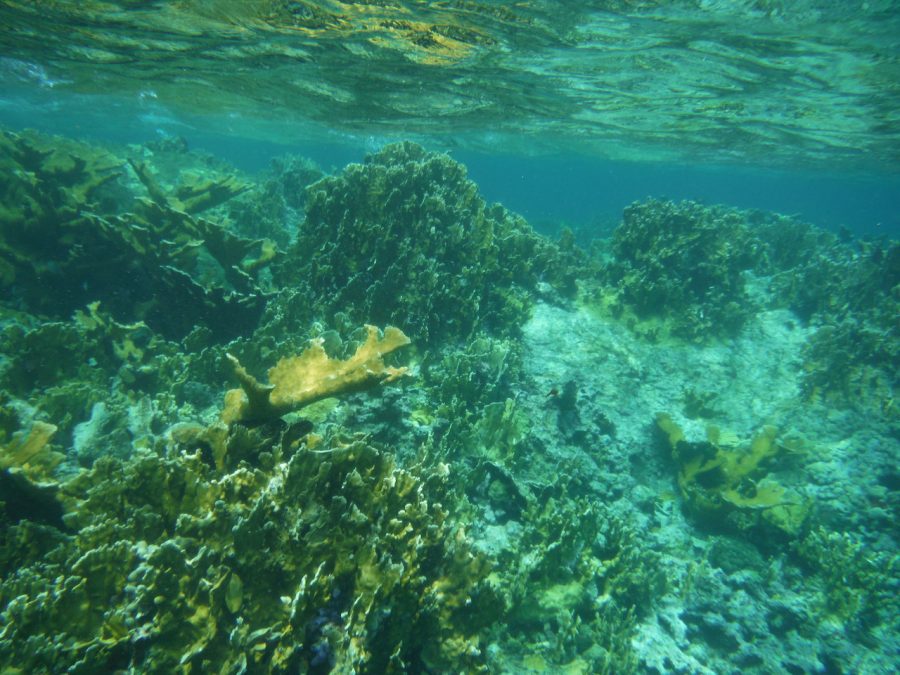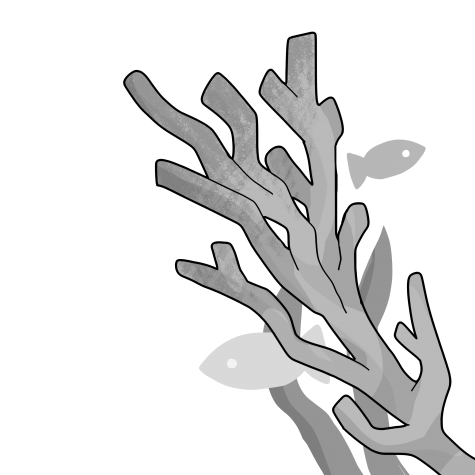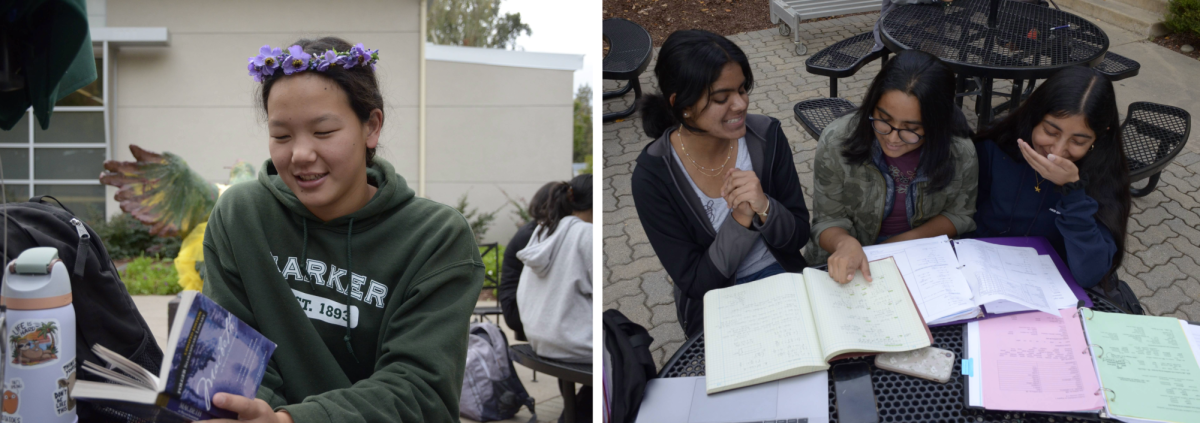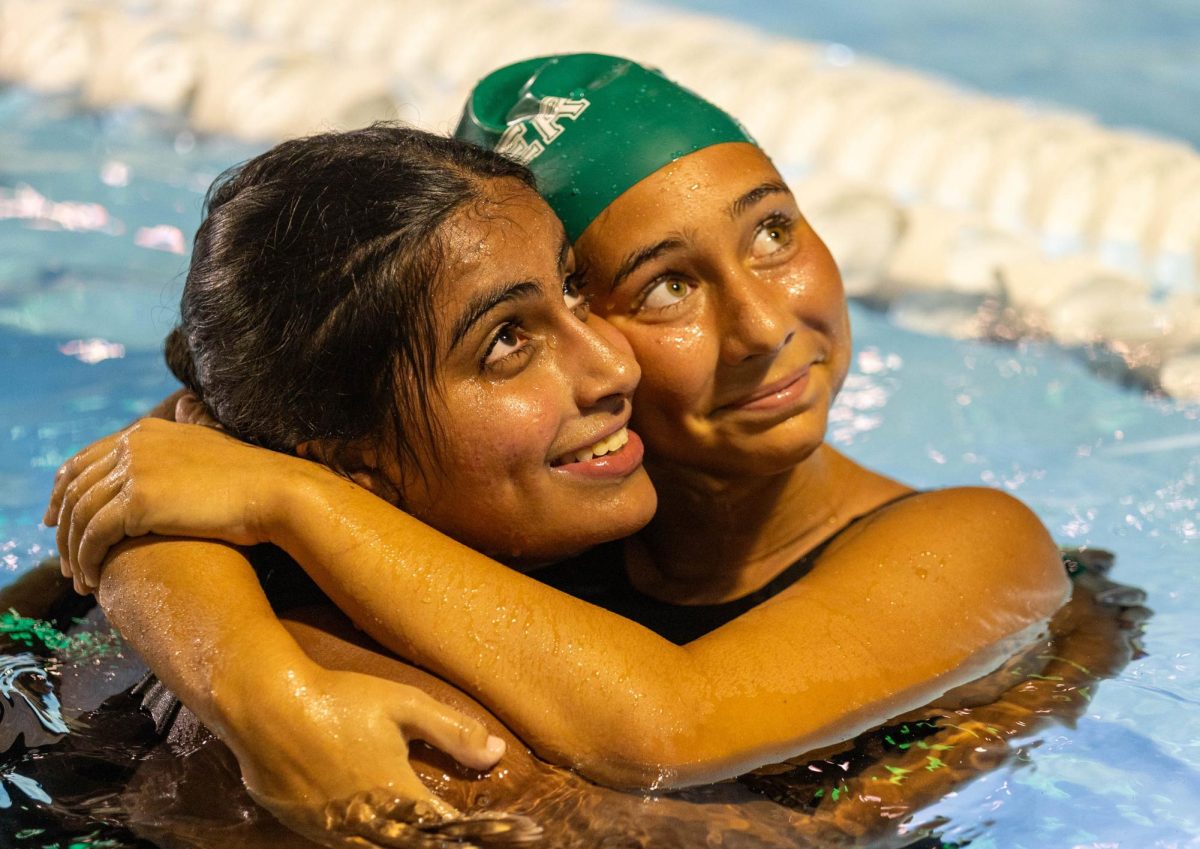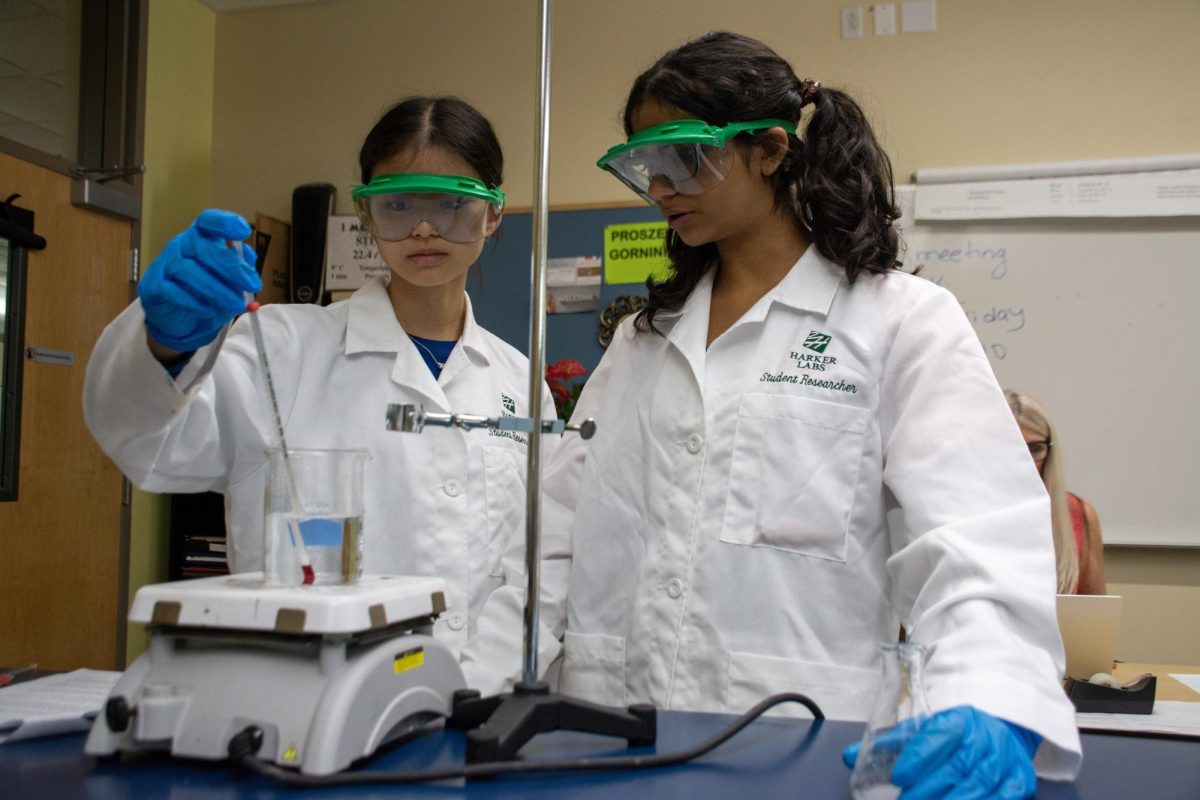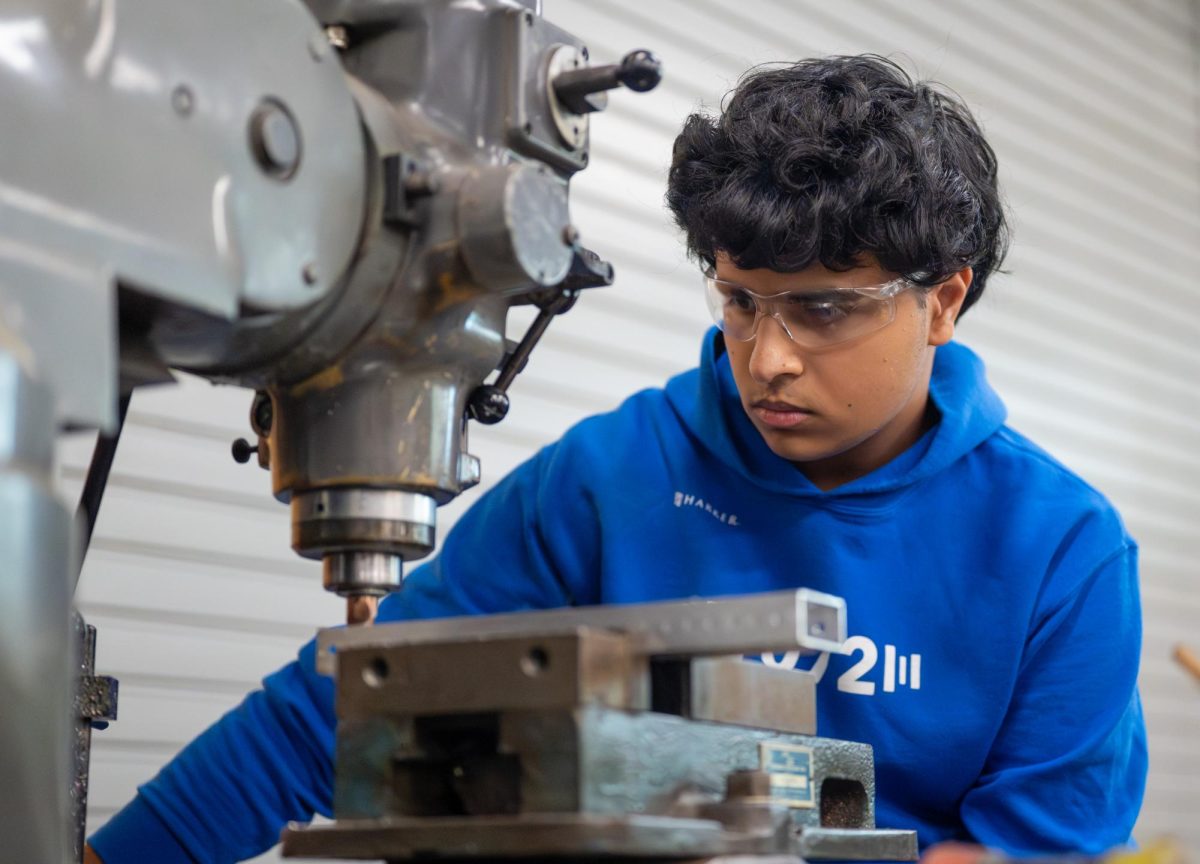Global Reset: Coral bleaching threatens marine ecosystems
Coral in the British Virgin Islands. Widespread coral bleaching events have been occuring in places such as the coast of Hawaii and the Great Barrier Reef in Australia.
November 17, 2016
The largest living thing on earth is dying.
The Great Barrier Reef stretches across more than 130,000 square miles off the coast of northeastern Australia. Its several hundred coral species and associated islands house an abundance of marine life, including many vulnerable or endangered animals like dolphins, whales, seabirds and turtles.
But according to a March evaluation, as many as half of the reef’s corals lack zooxanthellae, the single-celled algae organisms that live inside corals and provide them with both their distinctive vibrant colors and more than 90 percent of their nutrition.
Changing ocean temperatures due to climate change can cause corals to cast out their zooxanthellae as a stress response because they can no longer maintain their symbiosis, resulting in a whitened appearance. This loss of coloration has prompted the common name for this phenomenon: coral bleaching.
“In the process of doing photosynthesis, [zooxanthellae] provide some of the sugars that they make through that process to the corals,” said marine biology teacher and Green Team advisor Dr. Katherine Schafer. “Coral bleaching is when that symbiotic relationship breaks down. The zooxanthellae provide much of the pigment to the coral, and so when the zooxanthellae are expelled, the corals turn often a bleached white color, but depending on the species, they may go from being brown to being a light purple color.”
Because coral bleaching can result from many factors, bleaching events have happened around the world. Coral cover off the coast of Hawaii, around Belize, near the Florida Keys and in the Caribbean Sea and Indian Ocean has also been damaged by mass bleaching attributed to areas like the blob, a large patch of warm water in the Pacific Ocean.
Even though bleached corals remain alive, bleaching can cause them to struggle and potentially starve. These repercussions of bleaching have put pressure on the Great Barrier Reef and other reefs.
Fluctuating water temperatures have caused most of the mass bleaching events in recent history, including the widespread bleaching in the northern Great Barrier Reef from the eight events it has undergone since 1980. Other environmental factors such as infections, irradiation, overfishing and exposure to common sunscreens can also impact coral.
“Climate change just adds a layer of stress to corals and other marine organisms,” said Dr. Crow White, an assistant professor of biology at California Polytechnic State University. “Warm years can be stressful for corals, but typically coral reef populations can recover from those warm years. But in addition to that, if the ocean is just already warmer because of climate change, like the base level is warmer, then that means the global warming plus the spike in warmth at that particular year add to a super level of warmth, which then hits the coral even harder than normal.”
Large-scale bleaching can also give rise to consequences for other organisms living in or around the ecosystems of bleached reefs, including the many endangered species endemic to the Great Barrier Reef.
“[Bleaching] impacts whatever’s living in the coral reef, whether it be small fishes or invertebrates that help clean the coral,” said sophomore Raymond Banke, who corresponds for the aquarium in Nichols Hall and sponsored an aquarium-based scientific literacy program last year. “If you don’t have those small creatures that are living in the coral, then you won’t have other fish coming over to feed. It destroys coral reefs, basically, and it hurts the whole ecosystem around it.”
Some reefs have recovered from coral bleaching events by being either taken over by algae in a regime shift or recolonized by their cast-out zooxanthellae, but the exact factors that help reefs survive and recover from coral bleaching are still unclear. A 2015 study published in Nature magazine found that Seychelles reefs recovered better when they were relatively complex, young, and in deeper water.
While not all hope is lost for conserving the Great Barrier, the far-reaching effects that climate change has on the oceans of our world cannot be understated.
“We’re a long distance away from the Great Barrier Reef, but it turns out that in many ways we have the biggest role to play in trying to minimize these kinds of bleaching events because we play such a big role in contributing to climate change,” Dr. Schafer said. “I would say the best thing we can do is to press all of our government officials to start taking action now on climate change and to do whatever we can in our little ways.”
This piece was originally published in the pages of the Winged Post on November 16, 2016.


















![“[Building nerf blasters] became this outlet of creativity for me that hasn't been matched by anything else. The process [of] making a build complete to your desire is such a painstakingly difficult process, but I've had to learn from [the skills needed from] soldering to proper painting. There's so many different options for everything, if you think about it, it exists. The best part is [that] if it doesn't exist, you can build it yourself," Ishaan Parate said.](https://harkeraquila.com/wp-content/uploads/2022/08/DSC_8149-900x604.jpg)




![“When I came into high school, I was ready to be a follower. But DECA was a game changer for me. It helped me overcome my fear of public speaking, and it's played such a major role in who I've become today. To be able to successfully lead a chapter of 150 students, an officer team and be one of the upperclassmen I once really admired is something I'm [really] proud of,” Anvitha Tummala ('21) said.](https://harkeraquila.com/wp-content/uploads/2021/07/Screen-Shot-2021-07-25-at-9.50.05-AM-900x594.png)







![“I think getting up in the morning and having a sense of purpose [is exciting]. I think without a certain amount of drive, life is kind of obsolete and mundane, and I think having that every single day is what makes each day unique and kind of makes life exciting,” Neymika Jain (12) said.](https://harkeraquila.com/wp-content/uploads/2017/06/Screen-Shot-2017-06-03-at-4.54.16-PM.png)








![“My slogan is ‘slow feet, don’t eat, and I’m hungry.’ You need to run fast to get where you are–you aren't going to get those championships if you aren't fast,” Angel Cervantes (12) said. “I want to do well in school on my tests and in track and win championships for my team. I live by that, [and] I can do that anywhere: in the classroom or on the field.”](https://harkeraquila.com/wp-content/uploads/2018/06/DSC5146-900x601.jpg)
![“[Volleyball has] taught me how to fall correctly, and another thing it taught is that you don’t have to be the best at something to be good at it. If you just hit the ball in a smart way, then it still scores points and you’re good at it. You could be a background player and still make a much bigger impact on the team than you would think,” Anya Gert (’20) said.](https://harkeraquila.com/wp-content/uploads/2020/06/AnnaGert_JinTuan_HoHPhotoEdited-600x900.jpeg)

![“I'm not nearly there yet, but [my confidence has] definitely been getting better since I was pretty shy and timid coming into Harker my freshman year. I know that there's a lot of people that are really confident in what they do, and I really admire them. Everyone's so driven and that has really pushed me to kind of try to find my own place in high school and be more confident,” Alyssa Huang (’20) said.](https://harkeraquila.com/wp-content/uploads/2020/06/AlyssaHuang_EmilyChen_HoHPhoto-900x749.jpeg)



